Generally, salty foods are foods that are high in salt. However, there are foods that contain high amounts of salt but do not have a distinct salty taste, making it difficult for us to distinguish.
Are salty foods necessarily salty?
As society develops, eating is not only elevated to culinary art but it also plays an important role in disease prevention, treatment and management.
The World Health Organization (WHO) recommends that salt consumption for an adult should be less than 5g. grams a day (equivalent to about 2000 mg sodium) to prevent and limit complications of cardiovascular disease, especially hypertension . Children need to consume less and the amount depends on their age, on average only needing 1-3g of salt/day. The elderly and people with cardiovascular disease , kidney disease, or metabolic diseases need to follow a salt-controlled diet as directed by doctors and nutritionists.
According to the Ministry of Health 's 2021 National Survey on Non-Communicable Disease Risk Factors , Vietnamese people currently consume nearly twice as much salt as the WHO's recommended level. This requires the community not only to adjust their eating habits but also to continuously improve their understanding of the salt content in each type of food to make healthier food choices.
The composition of salt includes Sodium and Chloride (NaCl), in which Sodium is the main ingredient that creates the salty taste of salt and Sodium is also the culprit that causes high blood pressure if too much salt is consumed. According to common concept , salty foods are foods high in salt .
Salty foods can be of two types: salty foods foods that contain natural salt (seafood, meat, milk and dairy products...) or foods that have salt added during processing and preservation ( canned foods such as canned fish , canned meat, instant noodles, pickled vegetables, dried fruits...).
Common foods we often use such as pickled eggplant, pickled cucumbers, canned meat, canned fish, instant noodles, etc. and sauces and spices (salt, salt, seasoning powder, fish sauce, soy sauce , etc.) are foods that have a distinct salty taste and are also foods with high salt content.
For example, 155g of canned herring in tomato sauce contains up to 605mg of sodium, equivalent to 1.51g of salt (30% of the recommended daily salt intake limit).
Among millions of other foods in Vietnam, there are foods that contain high levels of salt but do not have a distinct salty taste, making it difficult for us to distinguish and make appropriate choices.
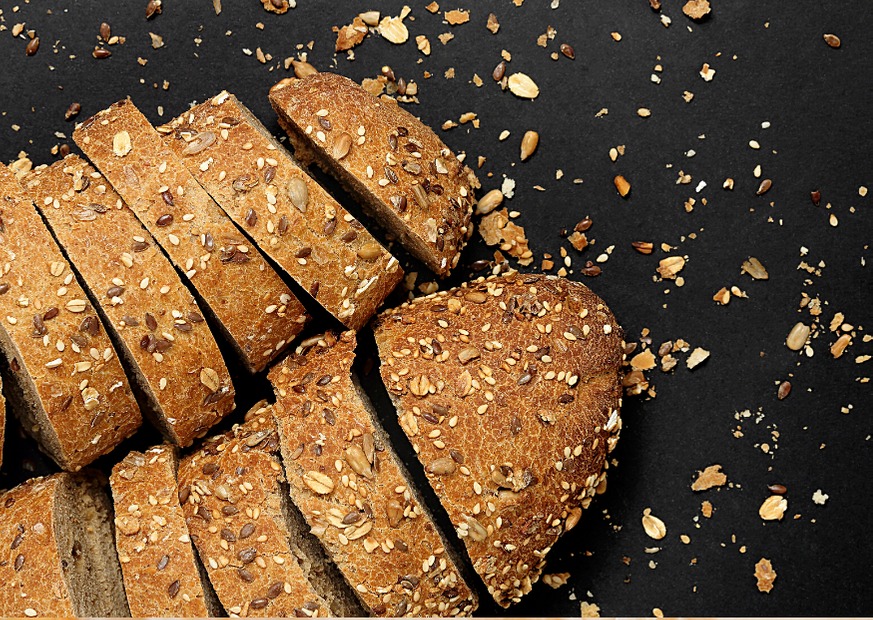
Breads, cakes, and pastries often contain salt to increase the softness and richness of the bread, but do not have a distinct salty taste.
Foods that are high in salt but do not have a distinct salty taste
Foods that are high in salt but do not have a distinct salty taste may include some of the following:
- Bread and pastries : These types of bread often contain salt to increase the softness and richness of the bread, but do not have a distinct salty taste. For example: 100g of sweet bread (about 4 slices) contains an average of 276g of sodium (equivalent to 0.7g of salt).
- Processed foods (sausages, cold cuts, ham): These products often contain a lot of salt to preserve food for a long time. The food industry still uses salt to preserve food. Salt dehydrates meat and can act as a disinfectant.
Therefore, salt is often used as a natural food preservative in food processing. 80g of pork sausage contains up to 775mg of sodium, equivalent to 1.94g of salt (accounting for nearly 40% of the daily salt intake limit).
- Cheese and dairy products: Cheese and many types of milk contain sodium to create deliciousness and help preserve the product. During the process of making butter, salt is added to draw out water and leave fat, preventing the butter from spoiling. The mechanism of salt for food preservation is similar to the above. 15g of regular cheese can contain up to 165mg of sodium (equivalent to 0.41g of salt).
- Breakfast cereals: Some cereals have salt added to enhance flavor. Research published in the journal Nature shows that salt enhances other flavors by inhibiting bitterness, increasing sweetness, and softening sourness in foods.
Salt is therefore often used in packaged foods to enhance taste. The amount of salt in a serving of breakfast cereal can range from 0 to 15% of the average daily salt intake, depending on the brand.
- Packaged sauces and condiments (ketchup, mayonnaise) : Many industrial condiments contain a significant amount of salt. For example, 100g of tomato sauce has 907mg of sodium (equivalent to 2.3g of salt). Sauces and condiments are foods that are consumed in small amounts, so we often overlook them.
- Cakes and chips : These foods often contain salt but have an ambiguous salty taste, especially with cakes with sweet flavors. For example, a small bag of potato chips contains 170mg of sodium, equivalent to 0.43g of salt, which is 8.5% of the recommended daily salt intake.
- Instant noodles of all kinds: Instant noodles of all kinds often contain high amounts of salt. For example, 100g of instant noodles contains about 2,593mg of sodium, equivalent to 6.4g of salt. Thus, if an adult eats a 100g pack of instant noodles, they will have exceeded the recommended daily salt intake.

Vietnamese people are consuming nearly twice as much salt as the WHO recommends.
To assess the "saltiness" or salt content of food, we often rely on our senses for foods that have a clear salty taste, but for foods that do not have a clear salty taste, we will have to rely on the processing method of that food.
If it is pre-packaged food, it will often be foods that can be high in salt. With these foods, we need to read the information on the food label carefully to know the sodium or salt content in that food. Information about Sodium or salt on food labels is expressed as the amount of sodium or salt per serving or per 100g /100ml of food, from which we can calculate the amount of salt we eat and choose the type of food and the amount of food we should consume .
An example of the calculation is as follows: For an adult, when buying food X with the label below, every 100g of that food will provide about 469mg of Sodium (equivalent to about 1.2g of salt) , which is 23.5 % of the total sodium limit in a day. Thus, if in a day, that person eats over 5 servings of these foods would exceed the recommended intake.
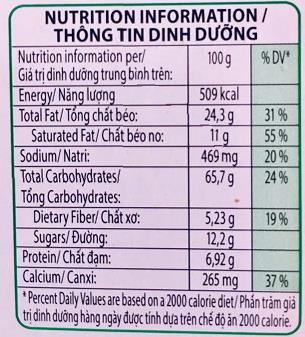
How to limit consuming too much salt?
To limit excessive salt consumption, when choosing food, we should prioritize fresh, natural foods, minimally processed foods (unprocessed or minimally processed), limit processed foods , pre-packaged foods , fast foods . If you want to eat these foods, carefully read the nutrition label and food ingredients listed on the packaging to calculate the appropriate number of servings.
Limit the use of industrial spices and sauces in food preservation and processing . Increase consumption of home-cooked meals to control the amount of salt added to foods during processing .
For children When feeding your child bland food, avoid adding too much salt and using salty spices to create a habit of eating bland food for your child . For children under 1 year old, do not add salt or salty spices to prepare supplementary meals and limit the consumption of processed and pre-packaged foods.
Balancing salt in your daily diet is very important. You should eat a variety of fresh foods and limit processed foods to reduce excess salt intake, ensuring the health of yourself and your family .
Dr. Hoang Thi Duc Ngan
Source: https://giadinh.suckhoedoisong.vn/bat-ngo-nhung-thuc-pham-chua-nhieu-muoi-nhung-lai-khong-co-vi-man-ro-ret-172241211072350788.htm


![[Photo] Solemn funeral of former Vice Chairman of the Council of Ministers Tran Phuong](https://vphoto.vietnam.vn/thumb/1200x675/vietnam/resource/IMAGE/2025/10/24/1761295093441_tang-le-tran-phuong-1998-4576-jpg.webp)
![[Photo] President Luong Cuong chaired the welcoming ceremony and held talks with United Nations Secretary-General Antonio Guterres](https://vphoto.vietnam.vn/thumb/1200x675/vietnam/resource/IMAGE/2025/10/24/1761304699186_ndo_br_1-jpg.webp)

![[Photo] Prime Minister Pham Minh Chinh chairs conference on breakthrough solutions for social housing development](https://vphoto.vietnam.vn/thumb/1200x675/vietnam/resource/IMAGE/2025/10/24/1761294193033_dsc-0146-7834-jpg.webp)
![[Photo] Prime Minister Pham Minh Chinh and South African President Matamela Cyril Ramaphosa attend the business forum](https://vphoto.vietnam.vn/thumb/1200x675/vietnam/resource/IMAGE/2025/10/24/1761302295638_dsc-0409-jpg.webp)
















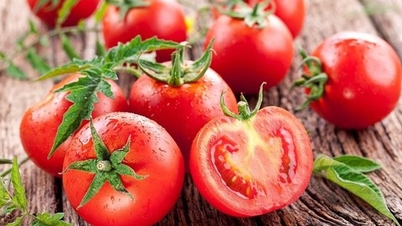
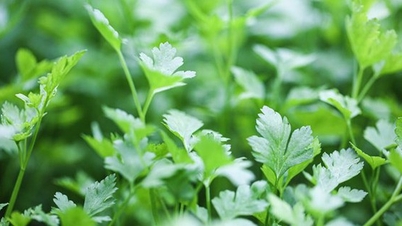
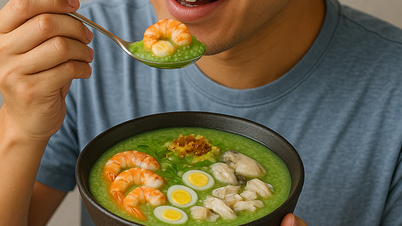
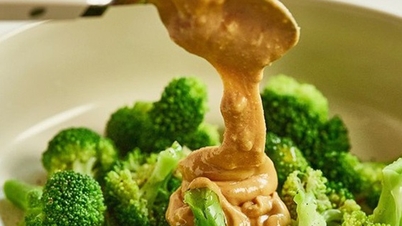

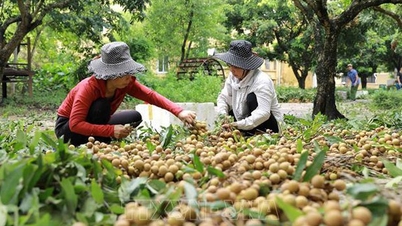

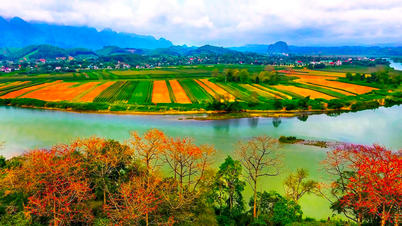





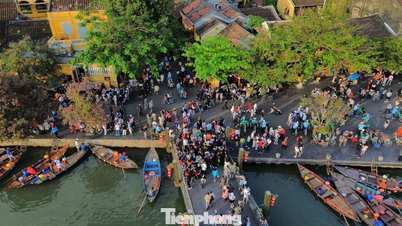




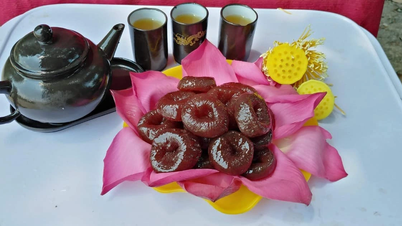
































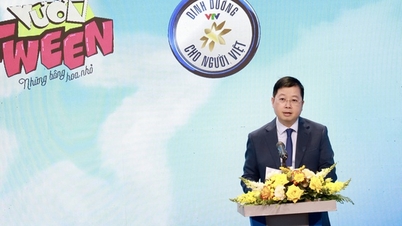

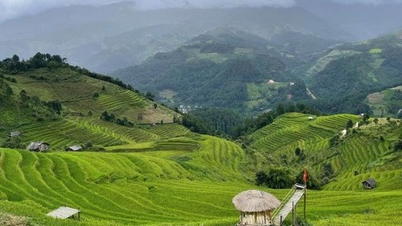


























Comment (0)